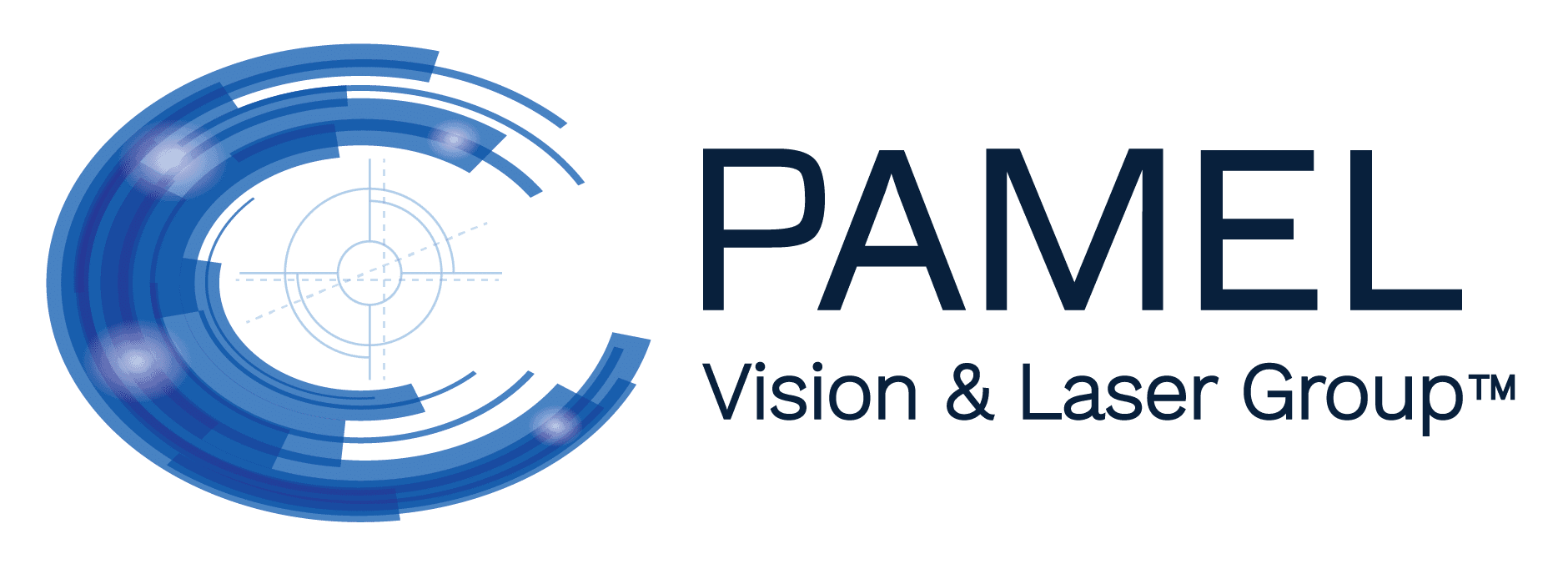How Effective Is Corneal Crosslinking?
- Posted on: Aug 5 2017
 Keratoconus is a corneal condition that affects the shape of the cornea. A healthy cornea is smooth and round whereas a cornea affected by keratoconus is cone-like. This irregular, conical shape affects the cornea’s ability to refract light properly, causing distorted vision.
Keratoconus is a corneal condition that affects the shape of the cornea. A healthy cornea is smooth and round whereas a cornea affected by keratoconus is cone-like. This irregular, conical shape affects the cornea’s ability to refract light properly, causing distorted vision.
New York City LASIK surgeon and corneal specialist Dr. Gregory Pamel is proud to offer corneal crosslinking, an innovative, non-invasive treatment option for keratoconus. In this blog post, the trusted surgeon discusses the effectiveness of corneal crosslinking.
How Corneal Crosslinking Stops the Progression of Keratoconus
Corneal crosslinking is designed to strengthen the cornea so it can better hold its shape and refract light properly. The treatment involves administering riboflavin (B2) eye drops topically and activating them with ultraviolet light. This process helps the cornea’s collagen fibers bond, which strengthens the cornea and helps it maintain its shape.
Clinical trials have found that corneal crosslinking is effective in preventing the progression of keratoconus, therefore preserving vision. It is important to note that corneal crosslinking cannot cure keratoconus or improve severe cases of the disease. The treatment is FDA-approved for mild cases only. Severe cases may require corneal transplant surgery, a more invasive treatment option.
The Benefits of Corneal Crosslinking
Treatment with corneal crosslinking offers several benefits. Many patients find that wearing contact lenses is more comfortable following corneal crosslinking, as the treatment works to lessen the bulging of the cornea. Studies show that results from corneal crosslinking can last for many years. For some patients, corneal crosslinking can help avoid the need of corneal transplant surgery, which comes with more risks and possible complications, as well as a lengthy recovery. In contrast, most corneal crosslinking patients are able to return to their regular activities within days after treatment. Side effects are minimal and subside quickly.
Learn More about Corneal Crosslinking
To learn more about corneal crosslinking or other treatment options we offer, please schedule a consultation with Dr. Pamel. Following a thorough evaluation of your condition and medical history, Dr. Pamel can recommend the best course of treatment. Contact our New York City office by calling (212) 355-2215 or sending us an email today.
Posted in: Corneal Crosslinking




